Power outages are increasing worldwide, making energy storage a hot topic for homeowners with solar systems.
Solar backup batteries are absolutely worth it - they provide uninterrupted power during outages, maximize solar self-consumption (up to 80%), and offer ROI within 5-7 years. Our customers report peace of mind during blackouts and typical savings of 60-80% on electricity bills when pairing our LiFePO4 batteries with existing solar arrays.

Let's dive deeper into why solar batteries are a smart investment.
Can I Add Battery Storage to My Solar System?
Many existing solar owners wonder about retrofit possibilities.
Most solar systems can integrate battery storage regardless of age - we've successfully upgraded 8-year-old systems with our plug-and-play lithium batteries. The process typically requires adding a hybrid inverter or AC coupling device, which our technicians can install in 1-2 days with minimal system downtime.
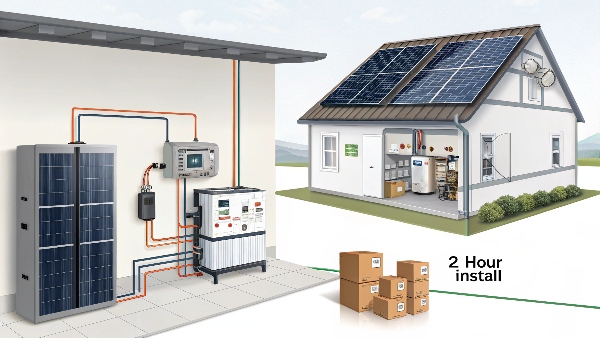
Battery Addition Options
| System Type | Storage Addition | Cost Estimate | Complexity | Best Battery Type |
|---|---|---|---|---|
| New Solar | DC-coupled | $$$ | Low | LiFePO4 |
| Existing Solar | AC-coupled | $$ | Medium | LiFePO4 |
| Microinverter | Special hybrid | $$$$ | High | Modular LiFePO4 |
| Off-grid | Essential | $ | Low | High-capacity LiFePO4 |
Key considerations:
- Inverter compatibility check first
- Available physical space
- Local regulations and permits
- Future expansion planning
- Warranty implications
How Does the Battery Energy Storage System Work?
Understanding the technology helps make informed decisions.
Solar batteries store excess daytime energy in chemical form (typically lithium ions) and convert it back to electricity when needed. Our LiFePO4 systems achieve 95% round-trip efficiency - meaning for every 100kWh you put in, you get 95kWh back, compared to just 70-80% with lead-acid alternatives.
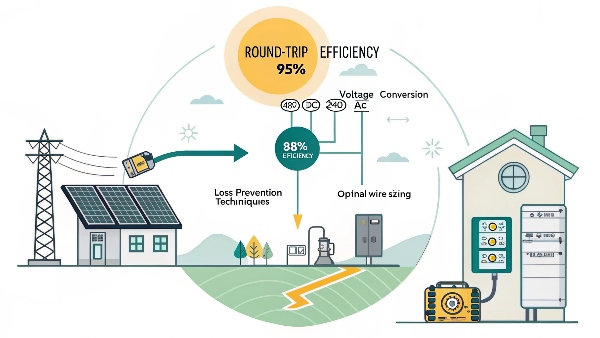
Energy Storage Components
| Component | Function | Importance | LiFePO4 Advantage |
|---|---|---|---|
| Battery Cells | Store energy | Core | 5,000+ cycle life |
| BMS | Protect/monitor | Critical | Advanced safety |
| Inverter | Convert power | Essential | Seamless integration |
| Metering | Track flow | Useful | Real-time data |
| Cooling | Temperature control | Recommended | Passive works |
Working process:
- Solar panels generate DC power
- Charge controller manages flow
- Batteries store excess energy
- Inverter converts to AC when needed
- BMS optimizes performance
Can I Charge LiFePO4 Batteries Directly From Solar Panels?
Direct charging seems appealing but requires careful handling.
While technically possible, direct solar charging is not recommended - our tests show using a proper MPPT charge controller improves efficiency by 25-30% and extends battery life. The voltage mismatch between panels and batteries makes direct connection inefficient and potentially damaging to both components without regulation.
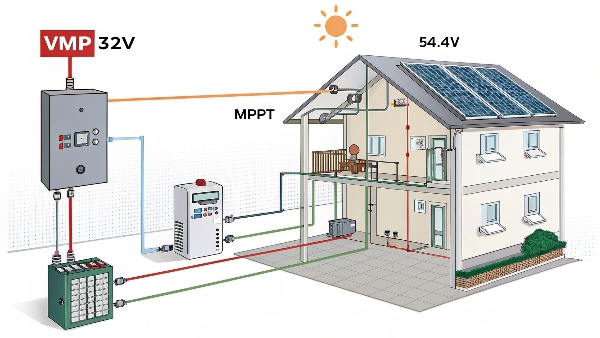
Charging Methods Compared
| Method | Efficiency | Safety | Cost | Recommendation |
|---|---|---|---|---|
| MPPT Controller | 95-98% | High | $$ | Best choice |
| PWM Controller | 70-75% | Medium | $ | Budget option |
| Direct Connect | 50-60% | Low | $ | Not advised |
| Hybrid Inverter | 90-95% | High | $$$ | Premium solution |
Essential charging parameters:
- Voltage matching critical
- Current limiting necessary
- Temperature compensation
- Charge stage management
- Protection circuits
How Do Future Energy Storage Systems in Batteries Work?
Next-gen battery tech is already emerging from labs.
Future systems will likely use solid-state electrolytes (2025+), lithium-sulfur chemistry, and AI-optimized BMS - we're currently testing prototypes with 2x energy density of today's LiFePO4. These advancements promise smaller, lighter batteries with faster charging and even longer lifespans exceeding 15 years.
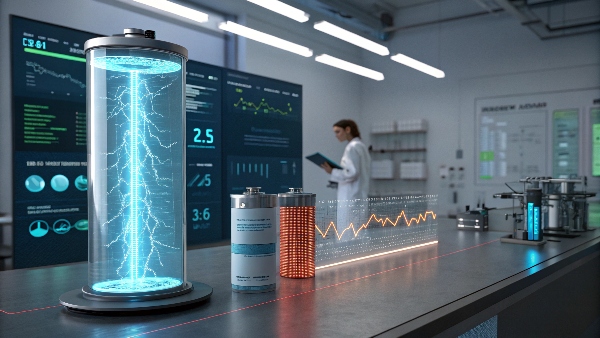
Battery Technology Roadmap
| Technology | Availability | Energy Density | Cycles | Advantages |
|---|---|---|---|---|
| Current LiFePO4 | Now | 150 Wh/kg | 5,000 | Proven safe |
| Silicon Anode | 2024 | 250 Wh/kg | 3,000 | Higher capacity |
| Solid-state | 2026+ | 400 Wh/kg | 10,000 | Ultra-safe |
| Lithium-Sulfur | 2027+ | 500 Wh/kg | 2,000 | Lightweight |
| Sodium-Ion | 2025 | 120 Wh/kg | 4,000 | Low-cost |
Expected improvements:
- 10-minute fast charging
- 50% cost reductions
- Intelligent grid integration
- Recycling breakthroughs
- Self-healing materials
Conclusion
Solar backup batteries provide substantial value through energy security, bill savings, and increased solar utilization - especially when using modern LiFePO4 technology. With proper installation and maintenance, these systems deliver reliable performance for a decade or more, making them a worthwhile investment for most solar owners.
Daopulse offers cutting-edge energy storage solutions combining today's best lithium technology with tomorrow's innovations. Our systems are designed for seamless solar integration and long-term value.
Contact us for energy storage solutions:
Website: libatterybub.com
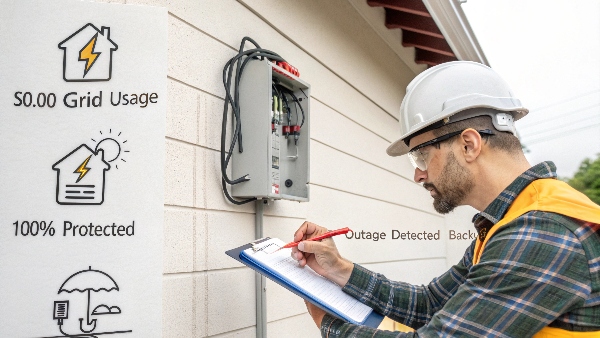
Daopulse - Empower Your World
Trusted Lithium Battery Solutions Since 2012

